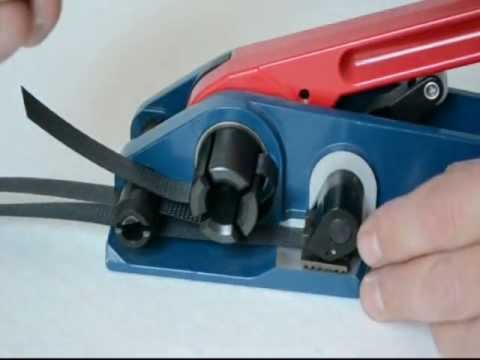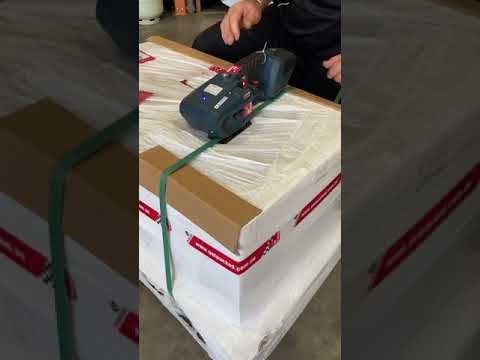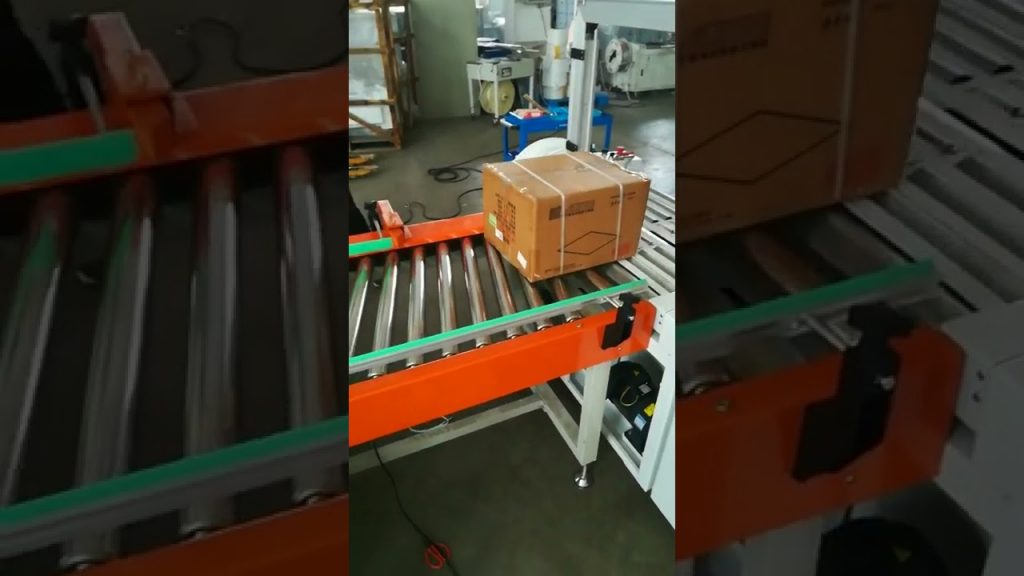Check out the leading manufacturer for professional coil packing solutions here:
When it comes to packaging and securing your parcels or pallets, having the right tools is essential. One such tool that plays a crucial role in ensuring the safety and stability of your shipments is a strapping tool. In this article, we will explore the ins and outs of using parcel and pallet strapping tools, and provide you with valuable insights on how to use them effectively.
Strapping tools are designed to securely fasten straps around parcels or pallets, keeping them tightly bound and preventing any movement during transit. This not only protects the contents of the packages but also ensures that they arrive at their destination in the same condition they were sent.
There are various types of strapping tools available in the market, each with its own unique features and benefits. Some common types include manual strapping tools, battery-powered strapping tools, and pneumatic strapping tools. The choice of tool depends on the specific requirements of your packaging operation.
When using a strapping tool, it is important to follow the proper procedure to achieve optimal results. Here is a step-by-step guide on how to use parcel or pallet strapping tools effectively:
1. Prepare the strapping material: Start by selecting the appropriate strapping material for your application. Strapping materials can be made of steel, polyester, or polypropylene, each offering different levels of strength and flexibility. Ensure that the strapping material is in good condition and free from any defects.
2. Position the parcel or pallet: Place the parcel or pallet in a stable position, ensuring that it is aligned properly. This will make it easier to secure the straps and prevent any slippage during the strapping process.
3. Insert the strapping material: Insert one end of the strapping material into the strapping tool, making sure that it is securely held in place. Some strapping tools have built-in mechanisms for gripping the strapping material, while others may require manual insertion.
4. Tension the strap: Apply tension to the strapping material by pulling it firmly. This will ensure that the strap is tight enough to secure the parcel or pallet, but not too tight that it causes damage or deformation.
5. Seal the strap: Once the desired tension is achieved, seal the strap using the strapping tool. Depending on the type of strapping tool, this can be done by heat sealing, friction sealing, or using metal seals. Make sure that the seal is secure and properly fastened.
6. Trim excess strapping material: After sealing the strap, trim any excess strapping material using a strapping tool or a separate cutting tool. This will give your package a neat and professional appearance.
By following these steps, you can effectively use parcel and pallet strapping tools to secure your shipments and protect them from any potential damage during transit. Remember to always prioritize safety and use the appropriate tools and techniques for your specific packaging needs.
In conclusion, the use of strapping tools is crucial in ensuring the safety and stability of your parcels or pallets during transit. By understanding how to use these tools effectively, you can enhance the efficiency of your packaging operations and minimize the risk of damage to your shipments. So, invest in high-quality strapping tools and take the necessary steps to secure your packages for a smooth and successful shipping process.
Check out the leading manufacturer for professional coil packing solutions here: Strapping Machines
“Efficient Packaging: Mastering Parcel and Pallet Strapping Tools for Optimal Shipping”



